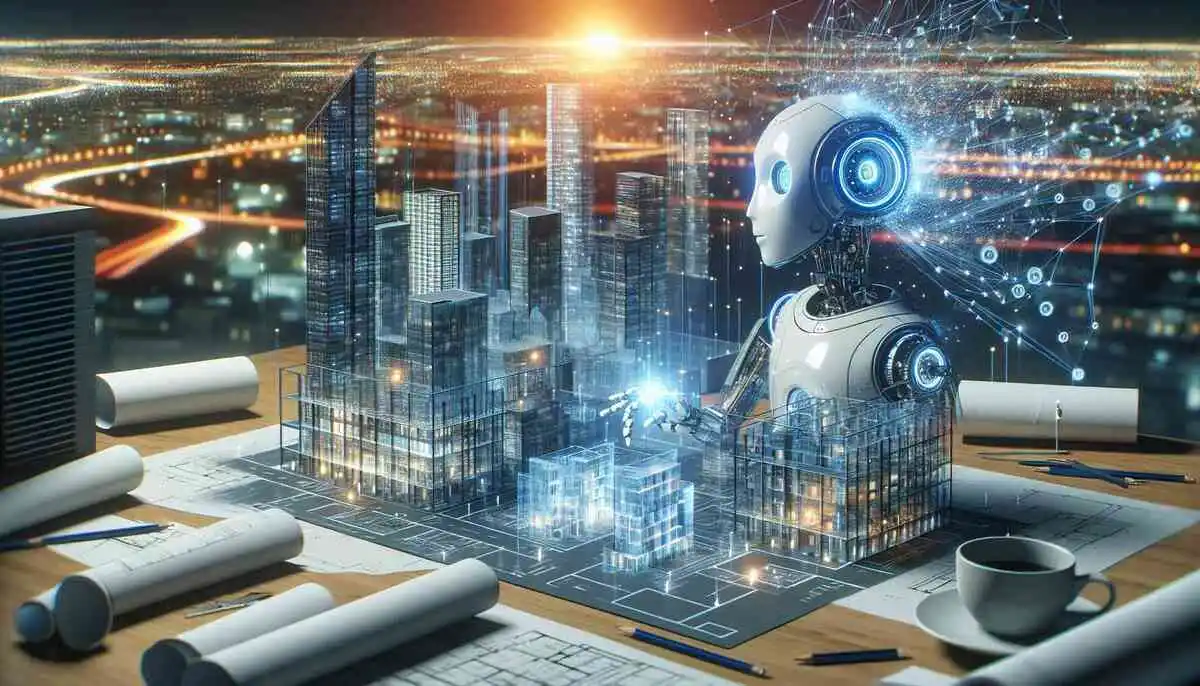Smart Architecture: The AI Revolution in Sustainable Design

Smart Architecture: The AI Revolution in Sustainable Design
In today's world, artificial intelligence (AI) has taken on a crucial role in transforming architecture. Smart architecture leverages the power of AI to significantly enhance the principles of sustainability. This technology analyzes data and provides optimized solutions, helping architects and engineers create designs that are both sustainable and efficient.
One of the primary aspects of this transformation is smart energy management. Intelligent systems can predict and optimize energy consumption patterns, leading to reduced energy use and costs. For example, smart thermostats that can learn user behavior and adjust temperatures accordingly can result in significant energy savings. Additionally, AI can optimize the operation of lighting, heating, and cooling systems to ensure they only use energy when and where it is needed.
Moreover, AI plays a vital role in predictive maintenance. By analyzing data collected from various sensors, intelligent systems can predict potential failures and prevent major issues from occurring. This type of maintenance not only reduces repair and maintenance costs but also extends the useful life of buildings. For instance, AI can monitor the condition of structural components, electrical systems, and HVAC units, providing timely alerts for necessary interventions.
During the design and construction phases, AI can utilize generative design algorithms that propose the best solutions based on criteria like material efficiency and environmental impact. This technology allows architects to quickly identify and implement the most effective designs. AI can also help in selecting sustainable materials that have a lower environmental footprint, ensuring that the entire lifecycle of the building is considered in the design process.
Furthermore, AI can facilitate the integration of renewable energy sources into building designs. Advanced AI models can predict the optimal placement and usage of solar panels, wind turbines, and other renewable technologies, maximizing their efficiency and contribution to the building's energy needs. By harnessing the power of AI, architects can create buildings that are not only self-sufficient but also contribute positively to the broader energy grid.
In conclusion, the AI revolution in sustainable architecture has led to the creation of smarter, greener, and more resilient buildings. By utilizing this technology, we can make the most efficient use of resources and ultimately build cities that align with the principles of sustainable development.